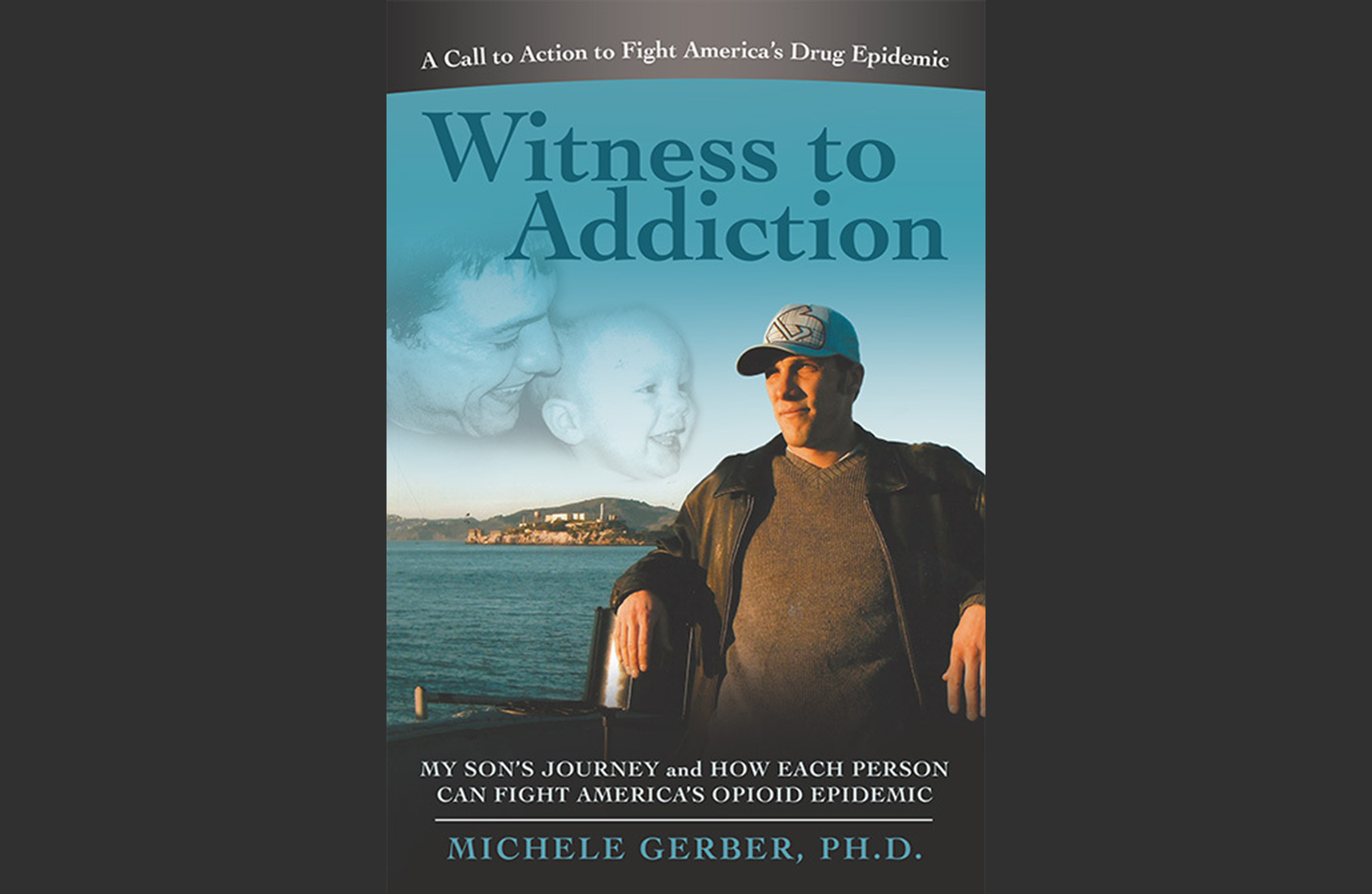Witness to Addiction: My Son's Journey and How Each Person Can Fight America's Opioid Epidemic by Michele Gerber, Ph.D.
It is remarkable to read a book so thoroughly researched and carefully written about a topic on which everyone has opinions and few know what factual data is available. Michele Gerber, author of On the Homefront: The Cold War Legacy of the Hanford Nuclear Site, is an accomplished writer about science and history. She writes in a way that a non-scientist can understand. As the Chair of the Benton Franklin Recovery Coalition, she has done more than anyone locally to make recovery a familiar concept.
The first chapter is entitled “Shock” — and it delivers. At the end of that first chapter, the author describes why she had to write this book, and describes what she will have to do to write it. The next 24 chapters document her process. She feels she has to tell the story of the life of her son Jon — a highly intelligent and adventurous child becoming a young man — and the family context in which he grew up. She does this in order to hold onto him a little longer, and to lessen the stigma of addiction and suicide, helping others to recognize addiction as a medical brain disease. The final chapter outlines what an individual can do to get the information they need to understand the reality of addiction, even if they already understand the cause. It contains information to help readers become effective, in personal relationships and public policy, to counter the epidemic of opioid addiction — a process Michele Gerber herself has been through, resulting in the development of the Benton Franklin Recovery Coalition.
In order to write this book, Dr. Gerber had to study brain science so she could learn about how the brain changes both physically and functionally as the result of opioid use. She had to learn how drugs derived from opium — morphine and heroin — have been replaced by synthetically produced drugs like Oxycontin. She had to learn about the nature of addiction and the strategies the addict uses to hide their addiction, even from themselves. She had to learn about the available resources for treatment and recovery, the limitations of each, and the potential conflicts between different approaches. She had to understand the impact of the years of struggle on herself, her relationship with Jon as her son, and on their family and the community in which they lived. And finally, she had to accept the fact that what she had to give was no longer helping, and that it was time to stop.
The narrative of Jon's too-short life is much more powerful because much of it is based on the journals he kept. He documented not only what he did and what happened, but also what he was thinking and feeling about those events. His mother was able to interview other people who were involved to get their reflections on Jon and these events, including the cycles of addiction and recovery so typical of the opioid addict.
Finally, Dr. Gerber had to read a great deal about suicide and its relationship to addiction. When the expected euphoria of drug use fails to materialize, and dependence results in withdrawal sickness, and when relapse results in feelings of shame, worthlessness, and depression, death can seem better than another round of addiction. Too often, this results in the individual ending their own life.
Dr. Gerber knew on the moning after Jon's suicide that she had to be his ‘story holder’ in order to honor him. What she accomplished was to make the reality of her experience, living with addiction in the family, relatable to the reader and to point the way toward recovery and prevention on a personal and policy basis. Dr. Gerber’s witness to the addiction of her son is a compelling argument on how to fight America's opioid epidemic.
Psychologist Charles Eaton worked directly with heroin addicts, ran programs for the prevention, treatment, and rehabilitation of Substance Use Disorders, and led Public Health programs for the prevention of HIV in drug injectors for more than forty years in NYC.

